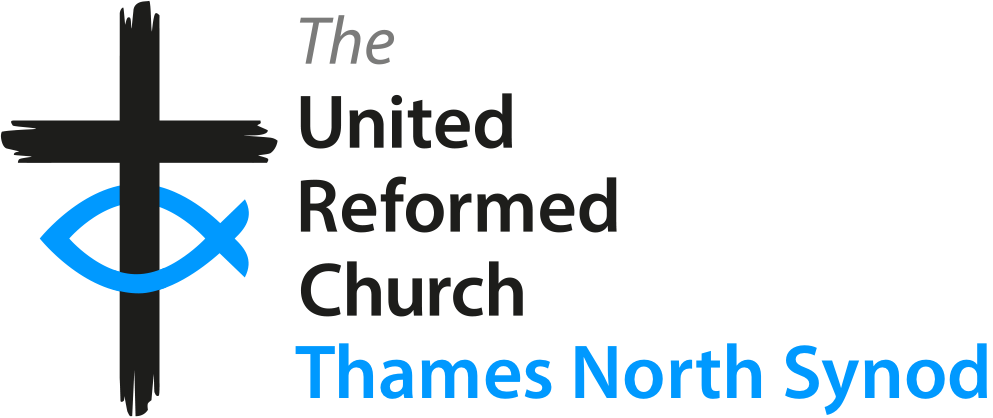Property
-
Guidance and procedures for the care, maintenance, and development of church property.
-
Information on applying for grants, loans, and the release of funds for building work.
-
Guidance on hiring out church halls, letting property, and the procedures for sales and leases.
-
Procedures for carrying out essential Annual and five-yearly Quinquennial Inspections.
-
Your legal duties regarding fire safety, asbestos, gas and electrical safety, accessibility, and more.
-
Guidance on the Regulatory Reform (Fire Safety) Order 2005, including the need for a Fire Risk Assessment.
-
Your duty to manage asbestos under the Control of Asbestos Regulations 2012, including surveys and management plans.
-
Your responsibilities as a landlord for gas safety checks in residential properties and five-yearly electrical testing.
-
Your duty to make 'reasonable adjustments' to ensure church buildings are accessible to people with disabilities.
-
CDM (Construction) Regulations
The legal requirements for managing health and safety during any construction or building project.
-
An overview of the various copyright and performance licences required for church activities.
-
-
Download essential forms, agreements, and guidance notes for property management.
-
Contact details for advice and support on all property matters.
-
CDM (Construction) Regulations
The legal requirements for managing health and safety during any construction or building project.
About the CDM Regulations 2015
The Construction (Design and Management) Regulations 2015 are the main set of regulations for managing the health, safety, and welfare of all construction projects, from minor repairs to major new builds. Complying with CDM helps ensure that no one is harmed during the work and that the finished building is safe to use and maintain.
As the client, the church trustees (Elders) have a significant influence over the safety of the project, as you decide who will carry out the work and how much time and resource is available.
The Client's Main Duties
While you are not expected to manage the work yourself, you have a legal duty to ensure proper arrangements are in place. Your key responsibilities are to:
- Appoint the right people: For any project involving more than one contractor, you must appoint (in writing) a Principal Designer and a Principal Contractor to manage the design and construction phases.
- Allow adequate time: Ensure there is enough time for proper planning and for the work to be carried out safely.
- Provide information: Give your designer and contractor all the information you have about the building or site.
- Ensure adequate welfare facilities: Check that the contractor has made provision for welfare facilities for their workers before work begins.
- Ensure a Construction Phase Plan is in place: The contractor must draw up a plan explaining how health and safety risks will be managed. You must not allow work to start on site until you have this plan.
- Keep the Health and Safety File: At the end of the project, the Principal Designer must give you a Health and Safety File. This contains information needed to manage the health and safety of the building in the future, and must be kept in a safe place.
If you fail to appoint a Principal Designer or Principal Contractor, you will be held legally responsible for the duties they should have performed.
You can download the 'CDM 2015' guidance note from our Property Resources & Forms page.
